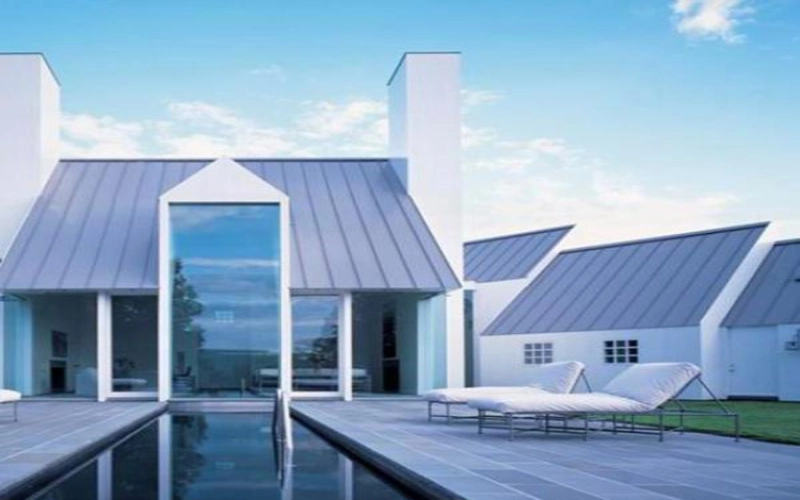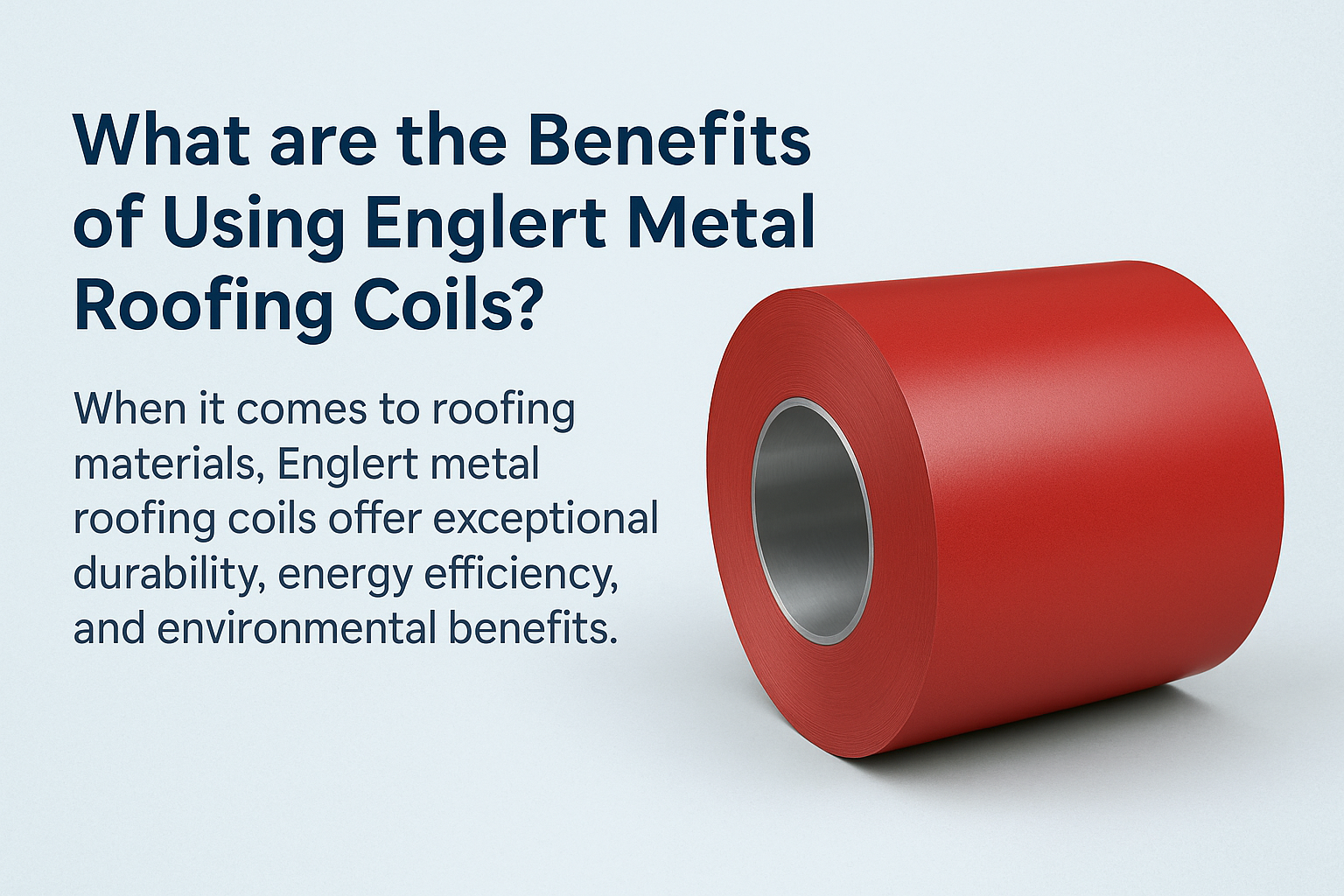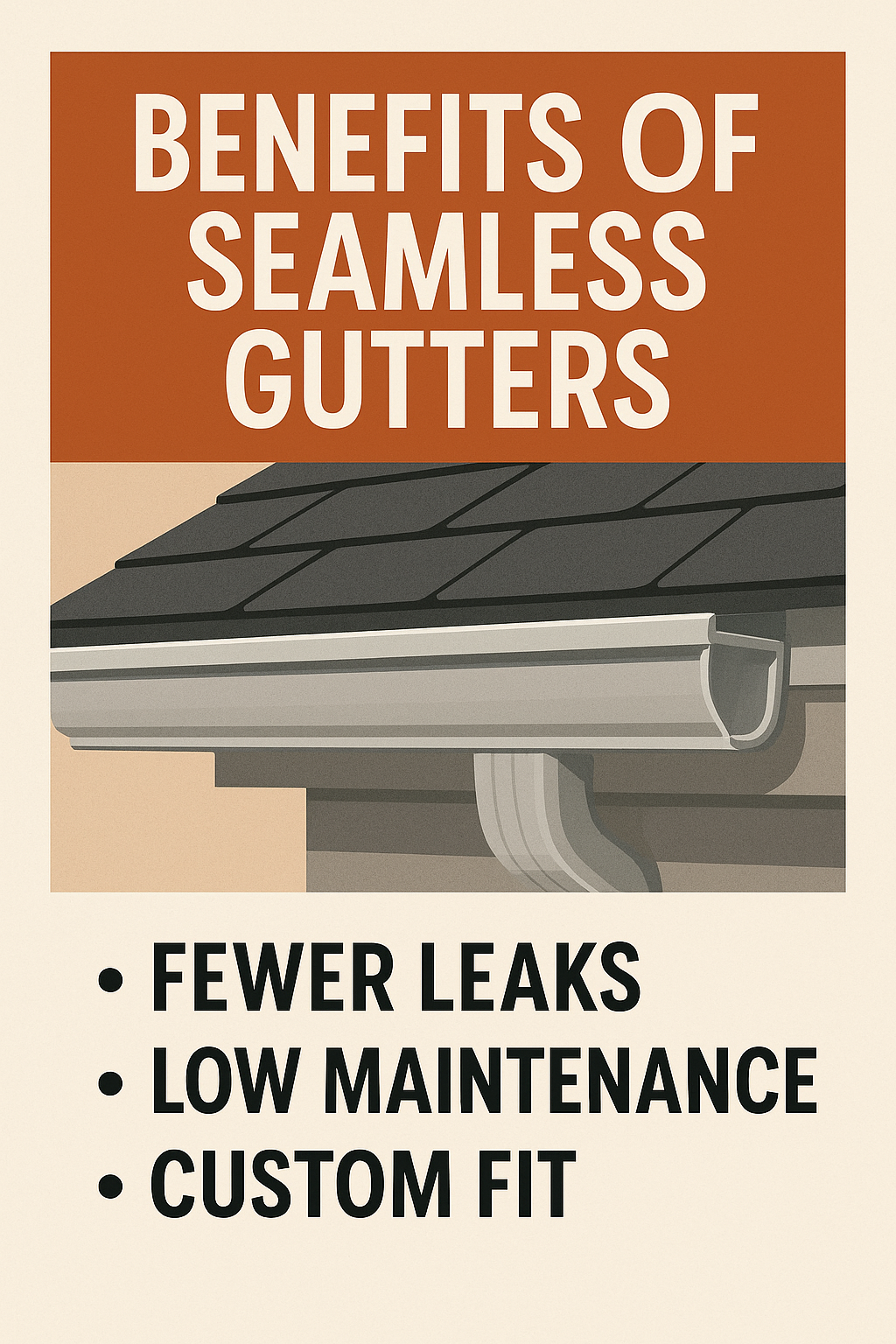Why Metal Roofs are Sustainable

Metal roof systems have long been popular with architects for their aesthetics and long-term performance characteristics, particularly their low maintenance costs and durability.
But now with the concept of sustainability so widely embraced by the architectural community, metal roofs are being seen in a new light. Metal roof’s long life, high recycled content, total recyclability and energy efficiency allow “cool metal roofs” to play a pivotal and important role in creating the very condition under which “humans and nature can exist in productive harmony to support present and future generations.” Metal roofing products last longer than conventional roofing products and are 100 percent recyclable. In contrast to conventional roofing products, there’s no need to replace a product that needs large amounts of petroleum to make it and large areas of landfill to get rid of it.
If you’re considering the use of a rooftop photovoltaic system to reduce reliance on fossil fuels and pollution issues associated with conventional means of making energy, remember that unlike other roofing materials, metal roofs are the perfect platform for a photovoltaic system or a solar thermal system. And just as important, having a metal roof that meets or exceeds the 25-year life of most solar photovoltaic panels and thermal systems allows the roof to continue to be a platform for solar energy once old photovoltaic panels and thermal systems outlive their usefulness.
Meanwhile, roof surface temperatures on cool metal roofs can run 60 to 70 degrees cooler than non-reflective roofs. Coatings that prevent 75 to 80 percent of the sun’s energy from being absorbed into the roof can decrease the use of energy for air-conditioning needs and improve indoor thermal comfort for spaces that are not air conditioned. Metal roofs naturally decrease ambient temperatures near buildings, improving site habitat and annual migration corridors. And they can drastically reduce smog and poor air quality in cities and metropolitan areas traditionally significantly warmer than surrounding rural areas due to human activity.
Ultimately metal roofs reduce the impact of humanity on nature and build a brighter environmental future for generations to come.






